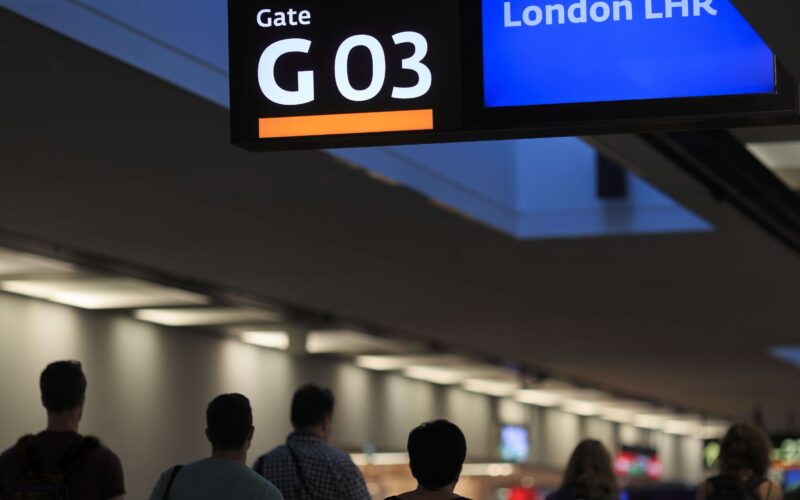London Heathrow Airport (LHR) expects higher passenger traffic in 2022 due to “stronger than expected demand”, the airport said in its latest traffic outlook.
LHR raised its forecast to 54.4 million from 53 million anticipated in its April 2022 report, a figure that had already increased from its December 2021 “guidance” of 45.5 million passengers.
“Our updated base case is that 54.4 million passengers, 67% of 2019 levels, are forecasted to travel through Heathrow in 2022, representing a significant increase to 2021 when travel restrictions were in place most of the year,” Heathrow said in a statement published on the London Stock Exchange.
“This takes account of the latest short-term outlook in terms of airline schedules, bookings and short-term capping of demand based on capacity,” Heathrow added.
“The 8.96 million increase in passengers compared to our December 2021 guidance of 45.5 million reflects stronger than expected demand,” the airport added.
However, the airport cautions that there is still a significant degree of uncertainty. “We continue to consider a range in our forecasts, from a low case of 57% recovery to a high case of 77% recovery against 2019,” Heathrow added.
Alongside its updated passenger traffic outlook, LHR has also revised its earnings and operating costs.
LHR expects its adjusted earnings before interest, taxes, depreciation, and amortization (EBITDA) to increase by 257% to £1,370 million against its 2021 earnings.
“Revenue is forecast to grow by 114% to £2,593 million compared to £1,214 million in 2021, with aeronautical revenue increasing 206% and retail revenue by 213%,” the airport said.
“We forecast operating costs to increase 47% to £1,223 million in 2022 versus 2021 as we continue to invest ahead of the growth and in part driven by steep inflation in utilities costs as a consequence of higher energy prices,” Heathrow added.

